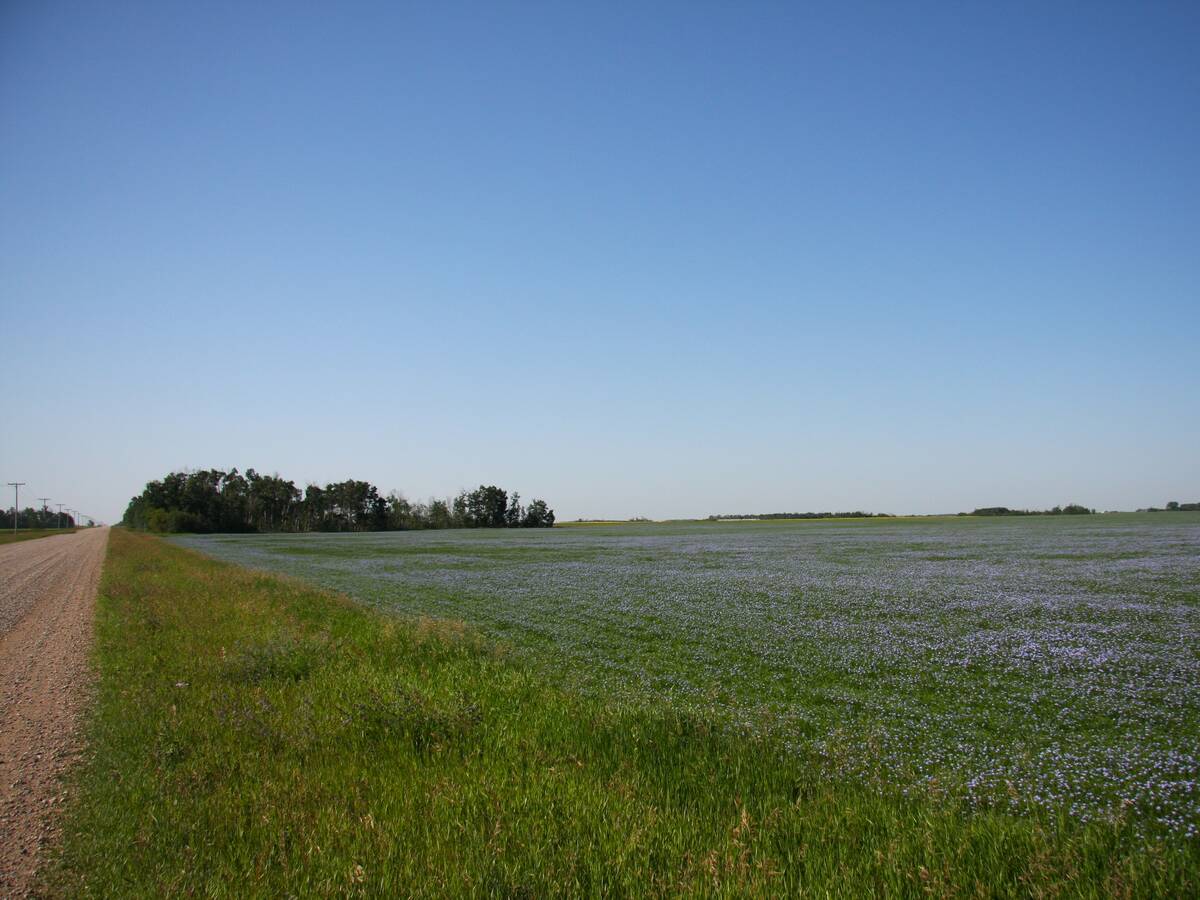Researchers have found that certified hybrid canola seed offers an advantage over farm-saved hybrid seed, according to findings released last week.
The research was prompted by producer interest in saving seeds from the farm to help keep production costs in line.
The conclusion was that the savings typically were not enough to offset lower yield when compared with hybrid canola grown from certified seed.
“There’s a loss in vigour and there’s a loss in productivity and in most cases that loss exceeds any potential savings that you might have,” said Stewart Brandt, a crop management agronomist with Agriculture Canada’s research farm at Scott, Sask.
Read Also

Farmland advisory committee created in Saskatchewan
The Saskatchewan government has created the Farm Land Ownership Advisory Committee to address farmer concerns and gain feedback about the issues.
“I think that growers are taking a risk when they use farm-saved seed.”
The two-year study was done by Brandt and fellow Agriculture Canada researchers. It was supported by the Alberta Canola Producers Commission and the Saskatchewan Canola Development Commission.
In trials where certified hybrid canola seed and farm-saved seed were both treated with Helix, the average yield advantage was six bushels per acre for crop grown from certified seed. The yields at the research sites, located in Saskatchewan and Alberta, ranged from zero to 10.5 bu. per acre more with the certified seed.
The difference was even greater in trials where a certified hybrid treated with Helix was compared with second generation seed treated with Foundation Lite, which is a fungicide treatment only.
The overall yield difference was 12 bu. per acre in favour of the canola grown from certified hybrid seed. The yield differences at the various research sites were four to 28 bu. per acre.
“Even at four bu. per acre, the best case scenario, the money you save (with farm-saved seed) hardly covers the yield difference,” Brandt said.
Hybrid seed is created by crossing two dissimilar parent lines. One is the male parent, the other is a female parent, and they usually are inbred lines. The seed produced from the two parental lines benefits from hybrid vigour, producing plants that tend to be uniform in their characteristics.
However, there is no assurance of the same uniformity or vigour with the farm-saved or second generation seed.
“You get segregation for a whole series of characteristics,” said Brandt, noting that loss of herbicide tolerance and variability in days to maturity were noted with second generation Liberty Link canola used in the research.
“Generally what you’ll see is a reduction in early vigour. You’ll have some plants with no Liberty tolerance and you’ll also find some plants in there, if you look closely enough, that don’t produce any pollen and will produce relatively little seed. They tend to also flower quite late in the growing season.”
Higher seeding rates and seed size were examined as part of the research to determine what could help the farm-saved seed.
The impression Brandt got was that increasing the seeding density did not compensate for the loss of hybrid vigour. And there was no increase in yield associated with using larger seed.
Roy Button, executive director of the Saskatchewan Canola Development Commission, said he considered the research a good investment on behalf of farmers because of their interest in planting farm-saved hybrid canola seed.
“It’s something that a lot of farmers were doing and we just wanted to make sure we could provide them with some information so they could judge on their own whether it was economical.
“We thought it was our responsibility to make sure that we got our good information to growers so that they could make the decision.”
Dorothy Murrell, vice-president of the Canadian Seed Trade Association, interpreted the findings as confirmation that farmers are getting good value by growing certified hybrid canola.
“My understanding of (Brandt’s) analysis is that the return to the farmer is, frankly, better if they use hybrid seed versus the farm-saved second generation.
“There seems to be a lot of interest in the farm community, which I think is generated by the overall difficulty that we’re all facing in farming, but according to Stu’s study, this may not be a good place to cut costs.”
More information about the study is available by visiting the websites of either the Alberta Canola Producers Commission or the Saskatchewan Canola Development Commission. Questions can also be directed to Brandt at 306-247-2011, brandts@agr.gc.ca or George Clayton with Agriculture Canada’s research centre in Lacombe, Alta., 403-782-8123, claytong@agr.gc.ca.














